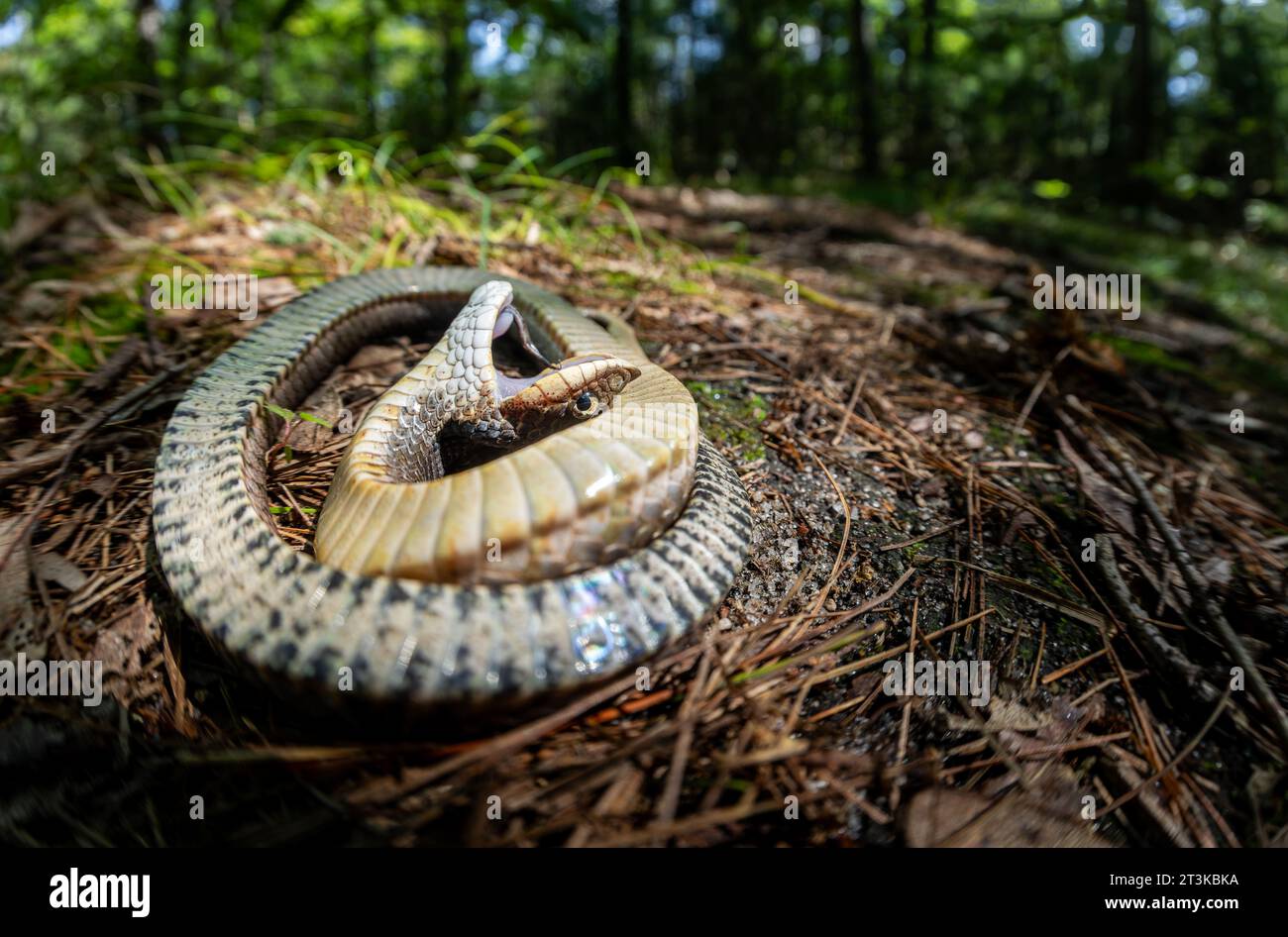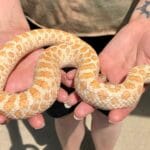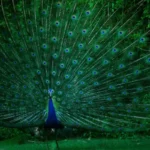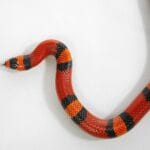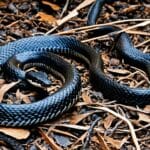Ever stumbled upon a snake seemingly on the verge of an Academy Award? You might have just encountered the hognose snake, a master of dramatic flair in the reptile world. These fascinating creatures are renowned for their uncanny ability to feign death, a performance so convincing it would put even the most seasoned actor to shame.
Hognose Theatrics: A Convincing Death Scene
Imagine this: a hognose snake finds itself in a tight spot, face-to-face with a hungry predator. Instead of making a run for it, it goes full drama queen. It rolls onto its back, twists its body as if in agony, and lets its tongue hang out limply. For an added touch, it might even release a foul-smelling musk, just to really sell the “I’m dead, stay away” act.
This dramatic display, known as “thanatosis,” is a clever survival tactic employed by several species of hognose snakes, including the Eastern, Western, and Southern varieties. Lacking the venomous bite of a rattlesnake or the constricting power of a python, the hognose relies on its acting chops to deter predators. After all, who wants to eat something that’s already pushing up daisies?
But what makes this performance even more intriguing is the sheer dedication these snakes display. You can poke them, prod them, even pick them up, and they’ll stay resolutely “dead.” They’re not easily fooled into breaking character either. If you flip a “dead” hognose back onto its belly, it’ll often roll right back over, as if to say, “Nope, still pushing up daisies!”
Why Fake It? The Science Behind the Drama
So, we know hognose snakes are masters of dramatic arts, but why would a snake choose to act dead instead of, you know, actually trying to survive?
It turns out that playing dead is a surprisingly effective survival tactic. Consider this: if you were a hungry predator looking for a quick meal, would you go for the “dead” snake that might already be rotting, or the lively one that looks ready to fight back?
The Advantages of Playing Dead:
- Appetite Killer: Most predators prefer their meals fresh, so a snake that looks and smells dead is about as appealing as a moldy sandwich.
- Energy Saver: Fighting takes a lot of energy, and sometimes it’s just not worth the risk. Playing dead lets the snake conserve its energy for a real escape attempt later on.
- Chance to Make a Break for It: While the predator is busy being grossed out, the snake might be able to slither away unnoticed. It’s the ultimate bait and switch!
The Art of Deception: How They Make It Believable
- Going Method: We’re talking full-on theatrical commitment here – rolling onto their backs, mouths agape, tongues lolling – they pull out all the stops. They might even writhe around as if in pain or release a stinky musk to really sell the whole “dead and decaying” vibe.
- Natural-Born Actors: Just like in Hollywood, some hognose snakes are more convincing than others. Some might just lay there limply, while others put on an Oscar-worthy performance.
But here’s the thing – playing dead is a last resort. If a hognose snake feels threatened, it will likely try other defense mechanisms first, like hissing, puffing up its body to look larger, or flattening its neck like a cobra. They’re not afraid to put on a show! And, just to keep things interesting, they don’t always play by the rules. Sometimes they’ll pull out the dead-snake act in the oddest situations, like, for example, during mating season. The plot thickens!
The hognose snake’s talent for playing dead is a captivating example of how animals adapt to survive. It just goes to show that sometimes, the best way to win a fight is to not fight at all – and maybe sprinkle in a little dramatic flair for good measure.
Hognose Encounters: Separating Fact from Fiction
Does Playing Dead Work on Snakes?
So, you’re curious about whether dropping to the ground and playing dead would save you from a snake encounter? Well, it’s not quite as simple as that.
While some animals, like the aforementioned hognose snake, have perfected the art of playing dead as a defense mechanism, it’s not a foolproof strategy for every creature, and snakes are no exception.
The effectiveness of playing dead on a snake likely depends on the species of snake and its individual personality. Some snakes might be fooled by the act, while others might see right through it. More research is needed to fully understand how widespread death-feigning behavior is in the snake world.
Do Hognose Bites Hurt?
So, you’re wondering about hognose snake bites? You might have heard they’re harmless, and you know what? That’s mostly true!
While hognose snakes do have venom, it’s specifically designed for their usual meals – toads and frogs. This venom isn’t a big deal for humans. Think of it like their version of strong stomach acid. Plus, their fangs are located way back in their mouths, making it difficult for them to inject venom into something as large as a human.
But just because they aren’t venomous to us doesn’t mean a bite is entirely painless. It’ll probably feel a bit like a bee sting – a short, sharp pinch that might throb for a little bit. You might even see some redness and puffiness around the bite, but that’s just your body’s natural response to the bite.
Everyone reacts differently, though. Some people might not feel much at all, while others might experience more pain. It really depends on the hognose snake’s size, where they bit you, and even the individual snake’s temperament. It’s a bit like how some bees seem grumpier than others!
Here’s the good news: allergic reactions to hognose bites are incredibly rare. But, it’s always better to be safe than sorry, right? If you do get bitten, stay calm, and wash the area thoroughly with soap and water. An antiseptic cream and a cold compress can help with any swelling and keep things clean.
Keep an eye on the bite for the next day or so. If things start looking worse, the pain is severe, or you feel something’s off, it’s always best to consult your doctor.
Hognose Snakes: More Than Just Drama Queens
Hognose snakes, with their dramatic death scenes, might seem like creatures of pure theatrics, but they’re much more than that. They’re fascinating examples of how animals adapt to survive, using a combination of cunning, bluff, and, yes, a little bit of acting to navigate a world full of potential danger.
Important Note: If you encounter a snake in the wild, it’s always best to admire it from a safe distance. Avoid interacting with it directly, and never attempt to handle a snake unless you are absolutely certain of its species and temperament.
Did You Know?
If you are curious about animals facing off against each other, you should really check out the surprising story of when the small but fearless honey badger defeated a lion. The honey badger is considered fearless, despite the fact that it is only 23 inches long and weighs 18 pounds, yet it took on a 400-pound lion and won. And, if you are interested in learning more about the largest owl, read about the heaviest owl in the world. The Eurasian eagle-owl is the largest in the world, with females weighing an average of 8.4 pounds, with males weighing in at an average of 5.3 pounds.
